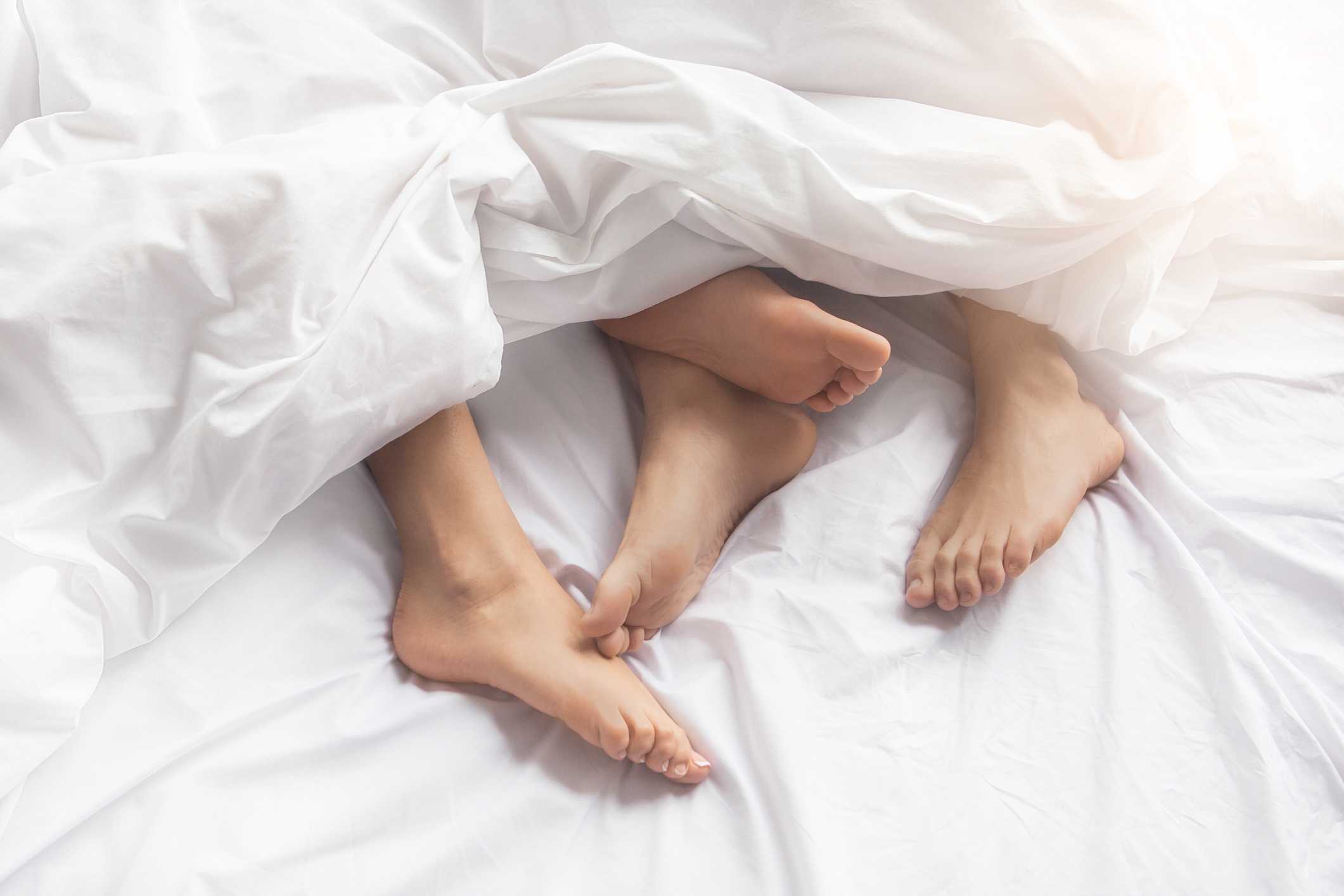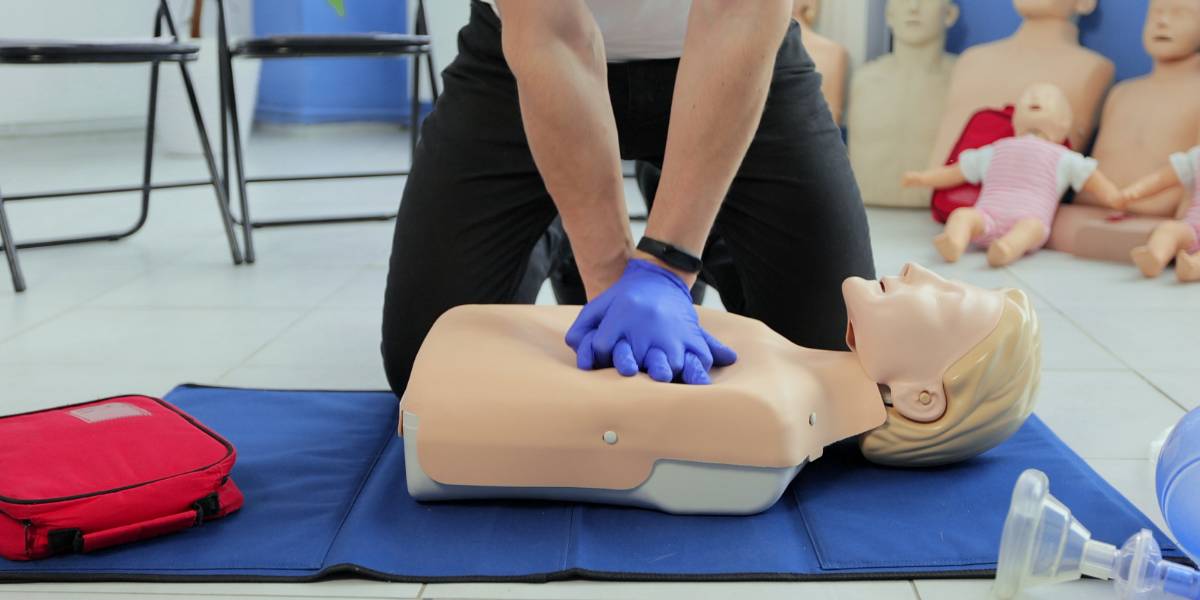Diabetic maculopathy is a condition that can result from retinopathy Maculopathy is damage to the macula, the part of the eye which provides us with our central vision.
A common from of damage is from diabetic macular oedema (DMO) in which fluid builds up on the macula.
Diabetic maculopathy is often treated by laser surgery.
A number of other treatments are possible but there has recently been a lot of discussion about which treatments are appropriate on the NHS
What is diabetic maculopathy?
The macula is the part of the eye that helps to provide us with our central vision. Diabetic maculopathy is when the macula sustains some form of damage. One such cause of macular damage is from diabetic macular oedema whereby blood vessels near to the macula leak fluid or protein onto the macula.
If the leakages cause the retina to harden and exudates (deposits of fat from the blood) become significantly large and close to the fovea, then the condition is termed as Clinically Significant Macular Oedema (CSMO).
Symptoms of diabetic maculopathy
The symptoms of diabetic maculopathy are a blurring of one’s central vision.
This may be noticed by:
- Trouble with reading
- Recognising faces in the centre of your vision
How is diabetic maculopathy / diabetic macular oedema treated?
Mild macular oedema may resolve itself without treatment but most people will need the first line of diabetic maculopathy treatment which is laser photocoagulation treatment.
Other treatments include having injections of what are called anti-VEGF drugs (anti-vascular endothelial growth factor), such as Lucentis or Avastin. At the time of writing Avastin and Lucentis have not been approved for use in treating diabetic macular oedema by NICE but an appeal is underway by health charities to reverse the decision.
In December 2012, Lucentis was approved for use in treating diabetic macular oedema in Scotland
Another treatment , which is rare because of the side effects that can exist, is to have injections of intravitreal steroids.
Laser surgery
Laser surgery involves firing a laser at the area of leakage to seal off the leaking and prevent it from progressing.
Laser therapy will burn the retina but in small quantities that the eye can recover from.
The laser surgery can be painful and may make your vision worse initially but after the first few weeks, if the treatment has been successful you should notice an improvement in your vision.
Keeping care of your eyes
Keeping good care of your eyes will help to improve your outcome whether you need surgery or not.
Caring for your eyes means keeping control of blood sugar levels , blood pressure, cholesterol and adopting a healthy and active lifestyle.
Rapid improvements in blood sugar levels
Be aware that a sudden rapid improvement in blood sugar levels (for example an improvement in HbA1c of 3% or 30 mmol/mol) can cause retinopathy to initially worsen. However, keeping blood sugar levels under control over the long term, a period of years, is highly recommended.







